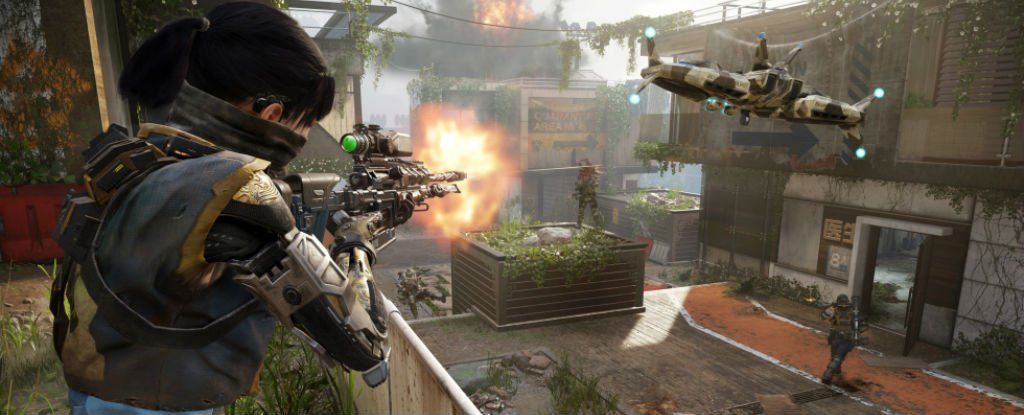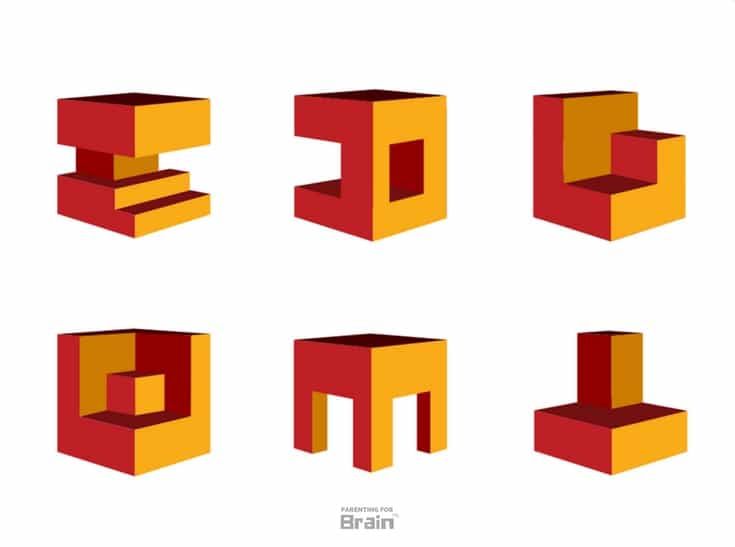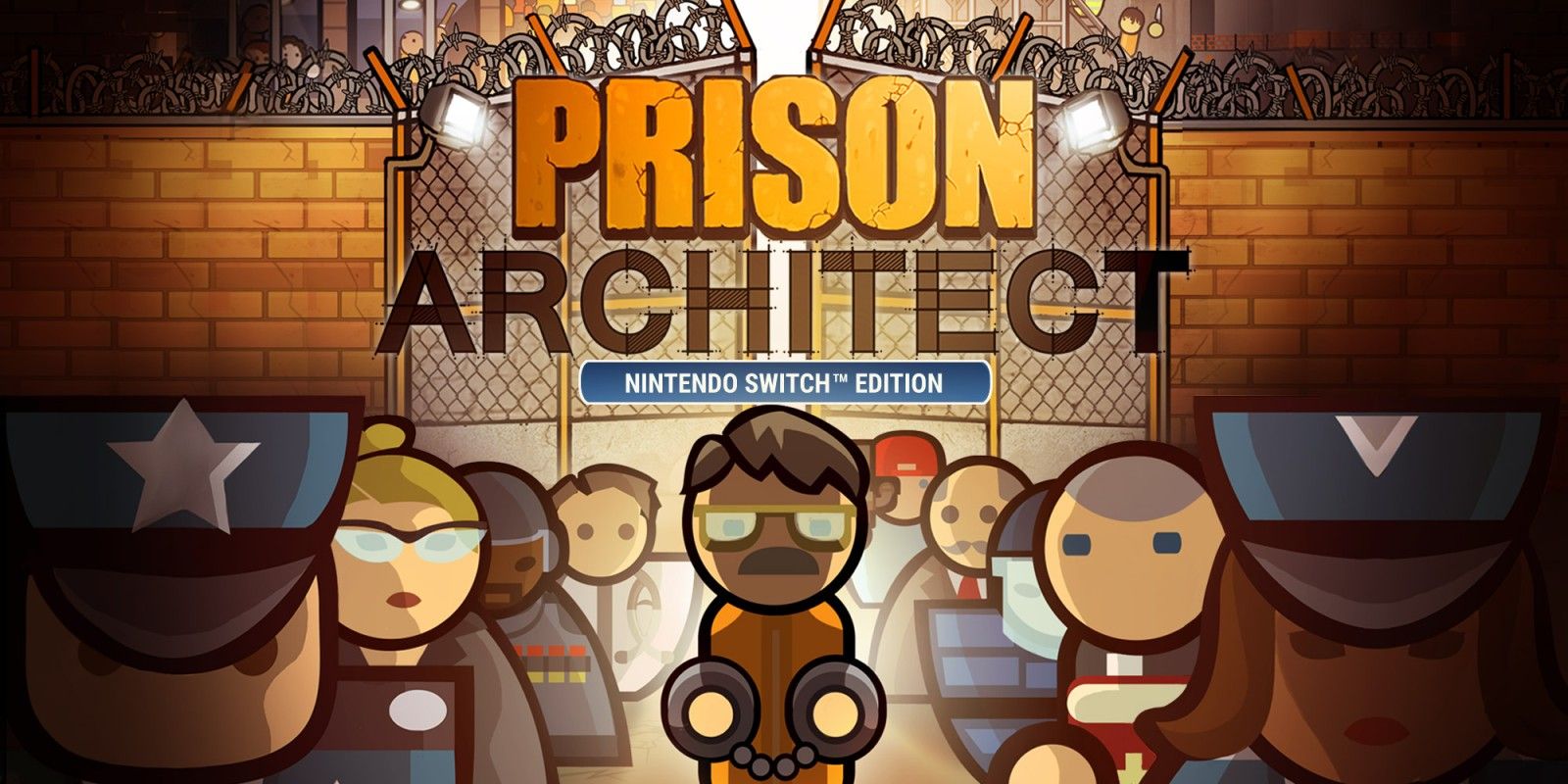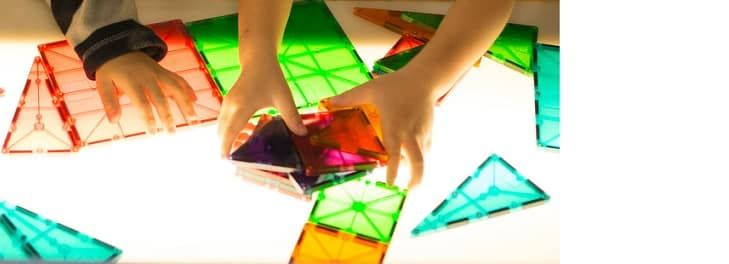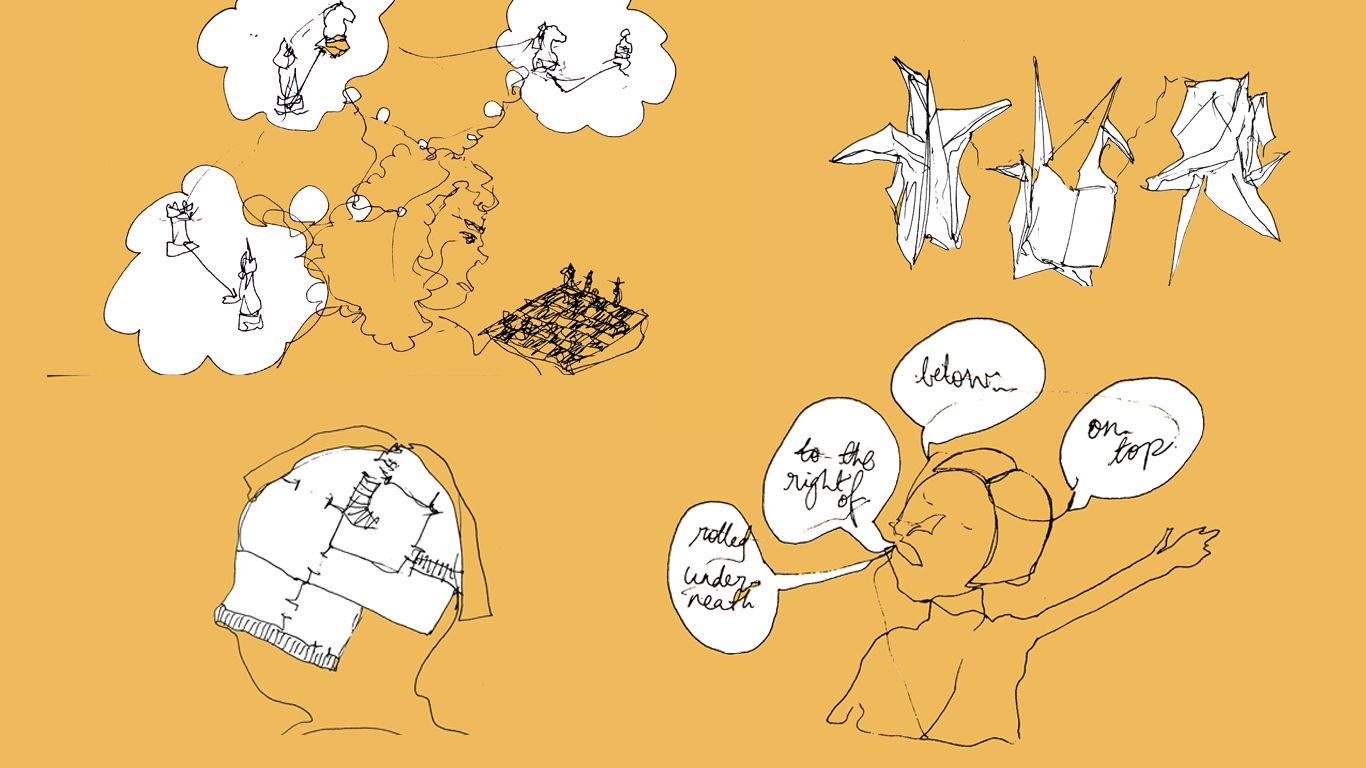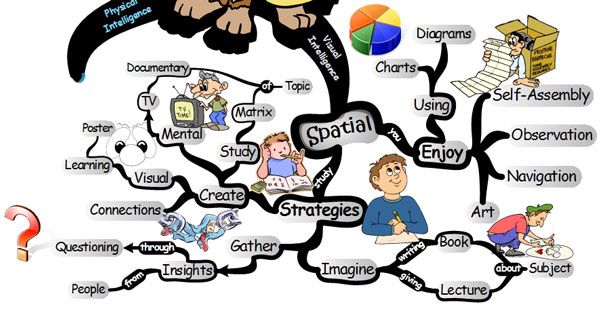Maybe, before discussing how architects can improve their spatial intelligence, we need to explain what spatial intelligence actually means and why it matters for architects most of all. Spatial intelligence, also known as visual thinking, is the ability to comprehend three-dimensional forms and spaces. Remember studying solid geometry at school? Well, you needed spatial intelligence for that. Spatial intelligence goes beyond the eye’s job, which is simply seeing the 2D shape, to the brain which recognizes the shape, analyzes it, and relates it to its surroundings. So, why is it important? Let’s take maps as an example. You need to get somewhere you have never been before, but you have a map and that is all the help you need. The map is a 2-dimensional drawing, and your actual surroundings are in 3D; however your brain processes the facts that the white stripes on the map are roads and streets, the blue plains are water surfaces, and the gray masses are buildings. See? That is how spatial intelligence works. This, also, explains why architects are usually better at reading maps.
Getting to architects, you have probably heard someone say that architects need to have a good imagination. Well, that was probably their way of wording “spatial intelligence” or the ability to visualize a project before it is built and before it is even put down on paper. This is why some Games Are Especially Enjoyable for Architects. The architect’s work requires much shifting between 2D and 3D, like visualizing a 3D form and drafting it in 2D, then making modifications on the 2D drawing and visualizing them in 3D. Architects, also, need to visually fit the 2D projections of an architectural project, like plans and cross-sections altogether and then form a rough 3D image for the whole thing. This may sound like gibberish for the average reader, but architects will definitely relate. Now, doing such tasks for projects with simple forms and limited components is one thing, but doing it for large-scale projects with unconventional forms and infinite details can be a pain, and your only way to get a grip on it is by enhancing your spatial intelligence.
These Exercises will Improve Your Spatial Intelligence
1. Use Maps for Navigation
Using Google Maps, or even just using old-school paper maps, enhances your sense of direction and spatial awareness. Avoid using the GPS though, if you want to get the full benefits of navigating with a map, and maybe start using a compass, instead, to figure out directions.
2. Solve Puzzles
When solving jigsaw puzzles, you try to imagine the final outcome and fit the pieces together accordingly. This improves your visual thinking. The same idea goes for Rubik’s cube. Solving mazes is, also, one way to improve your spatial awareness and visualization skills, since you try to create cognitive maps of the physical surroundings to help you navigate through.
3. Play Strategy Games
Strategy games require decision-making skills, but they also require visual thinking skills, and especially if you are playing chess. Playing chess requires prior thinking before taking any steps. Players need to imagine the consequences of their moves before making them, and visualizing a series of moves without actually making them indicates spatial intelligence.
4. Play with Building Bricks
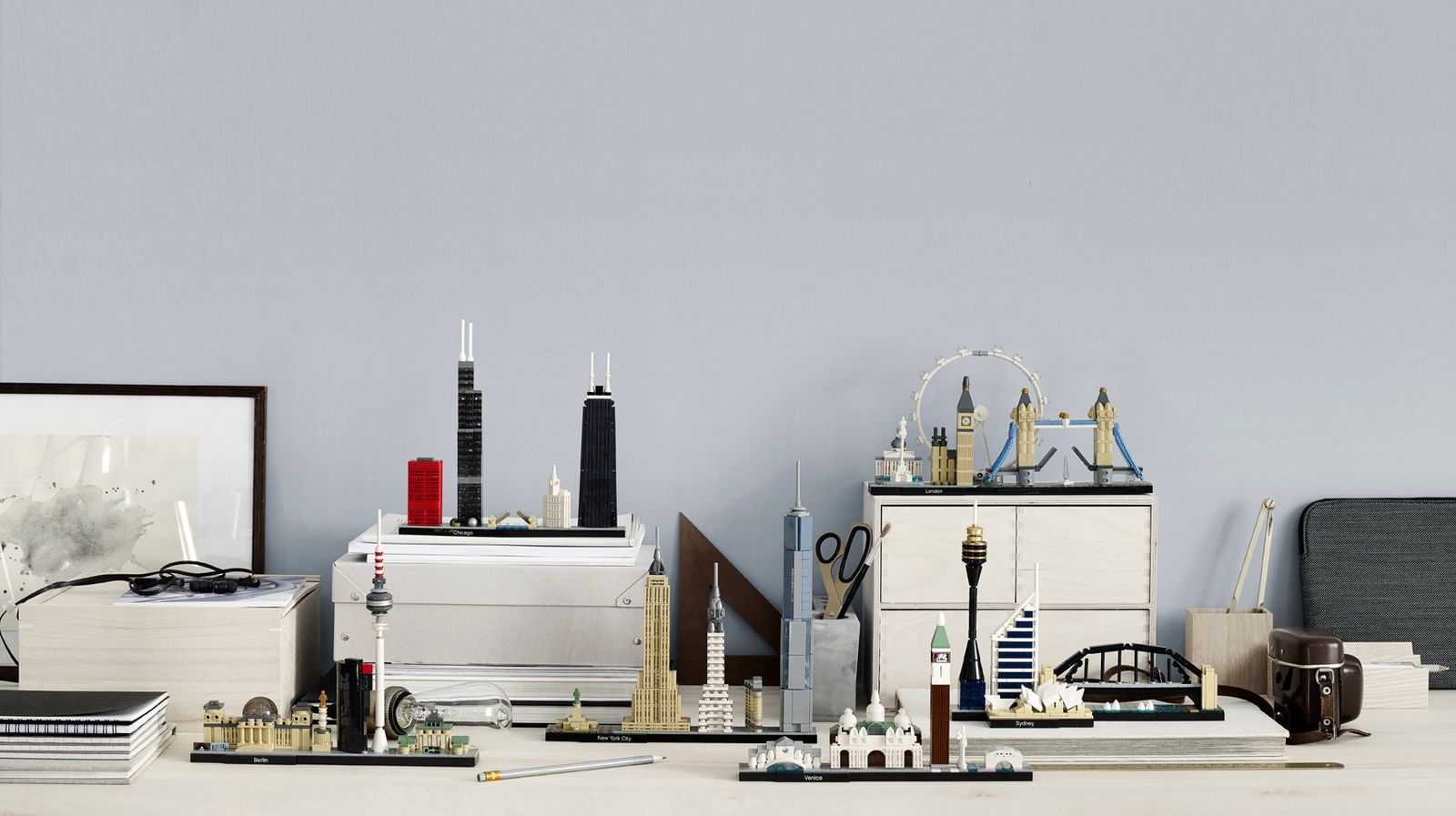
Courtesy of Lego
Creating various shapes and structures from toy bricks, like Legos or Meccano, can enhance your spatial awareness. Trying to shape different kinds of forms from the same set of building units and exploring the different spatial possibilities which can be produced by the different sized parts can remarkably broaden your horizons.
5. Take up Art
Architects already do a lot of sketching and drawing, and the more, the better. If you draw something you can’t see, then you will need to retrieve it from your memory and visualize it in your head. If you can see it, then you will start, contemplating how to space the different lines and elements of the drawing to get it right. All of these practices enhance your spatial sense.
6. Play Video Games
You will like this one. Playing video games can be “good” for your spatial intelligence, especially role-playing games where the player assumes the role of the main characters and starts navigating. In such games, one might need to follow maps, find shortcuts, memorize routes, and so; all of which are good for developing spatial memory and awareness.
7. Make Shapes from Clouds
That is a simple fun game you have probably done as a child, looking at the sky and visualizing shapes from the clouds. This is not just about clouds, actually. You can play the same game with any group of assembled objects you can see, like oddly piled books, tree branches, or food; simply anything.
8. See through Photographs
Social media has turned the activity of viewing photographs into a sort of daily activity like eating and sleeping. However, what we do is simply see a photograph and scroll down to see others, more like taking glimpses. So, how about making this daily routine into a useful activity. Try to see what is behind the photograph, its background, how it was taken, when it was taken, and so. This visual analysis can notably boost your spatial intelligence.
9. Create a Mind Palace
The ‘mind palace’ technique or the method of Loci employs spatial memory and visualization skills to recall pieces of information. For example, you may recall the names of your middle school classmates by retrieving the image of your class and walking through, while remembering everyone by their seat. This practice, mainly, aims to improve memory; however, its intensive use for visualization skills and spatial memory definitely improves them as well.
10. Make Stories from Pictures
To create stories from pictures only, without the aid of text, they have to be truly expressive. This may prove challenging, but if you go on with the last exercise, you might get to be good at it. If you know the elements which make a picture readable, then you can create a readable composition, and by taking this to the next level, you can create readable spaces and plans.
These exercises are mostly based on daily habits or activities we do quite frequently. So, turning them into useful activities can enhance your architectural career. It will make your thinking process easier and faster, and it will upgrade the quality of your designs. Your growing sense of space will help you create well-zoned spaces and user-friendly circulations, tasks that are equally challenging but essential for architects.




